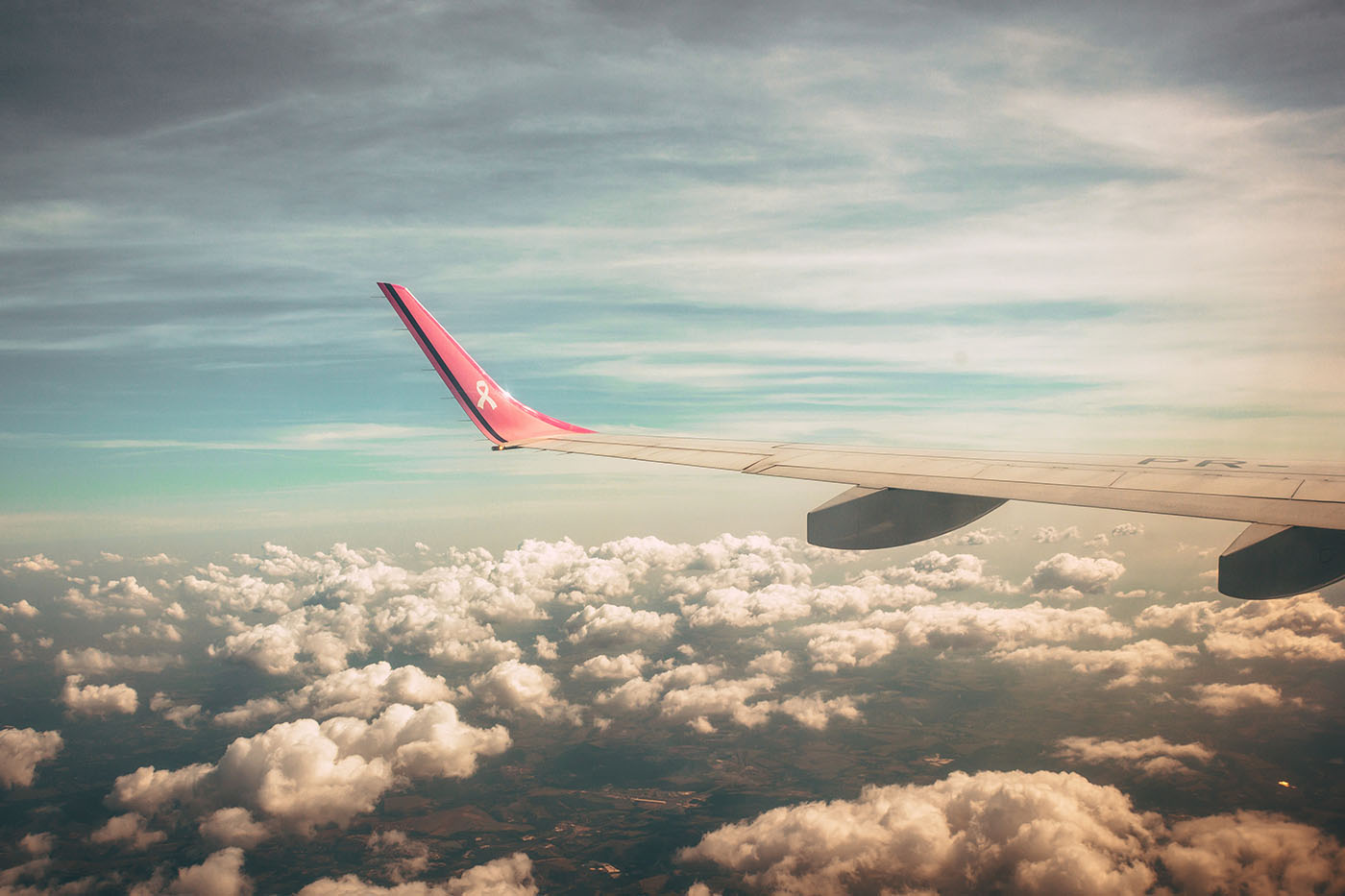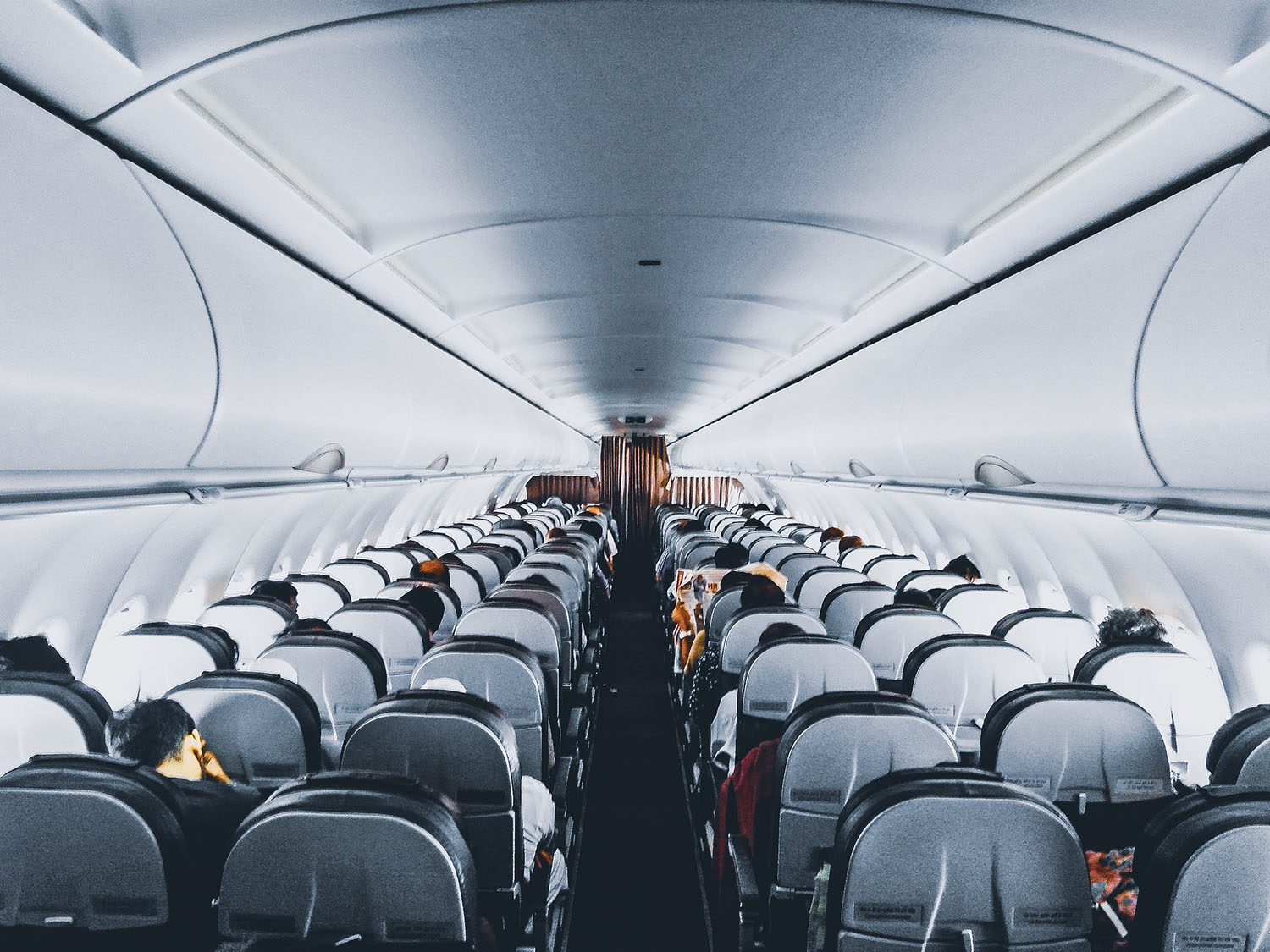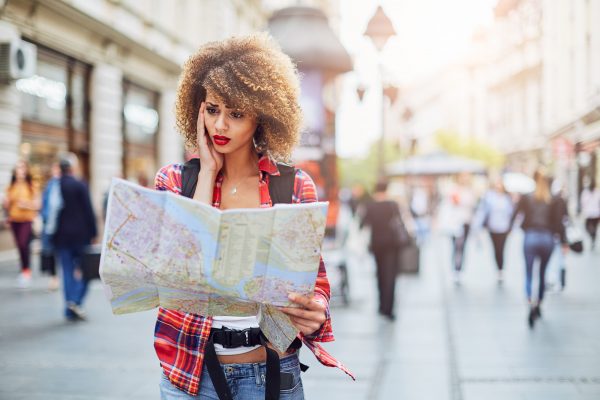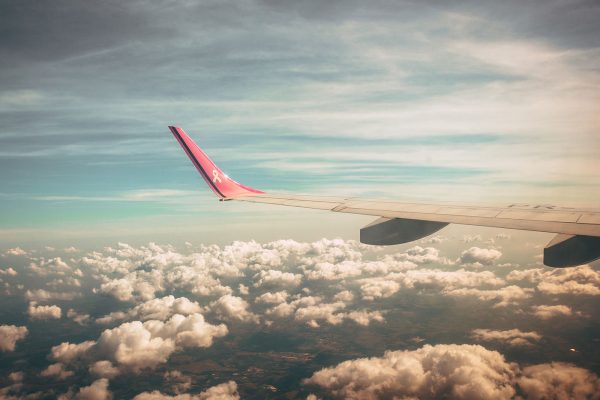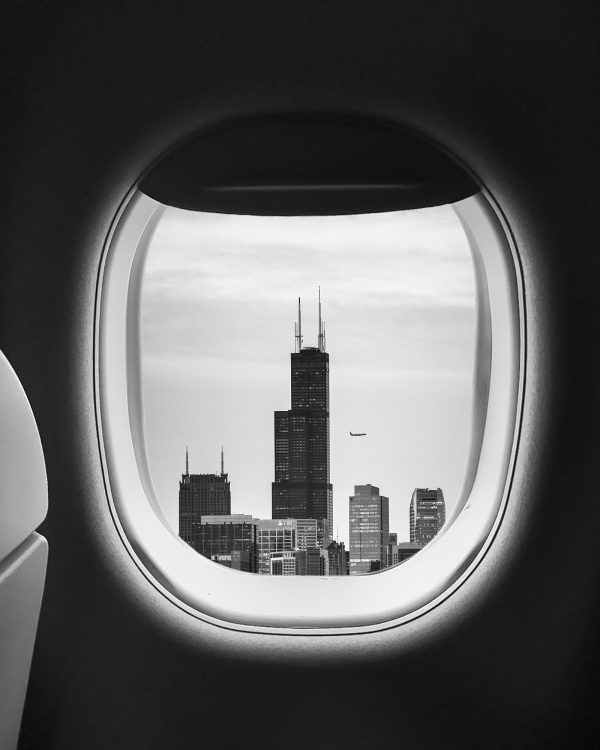No products in the cart.
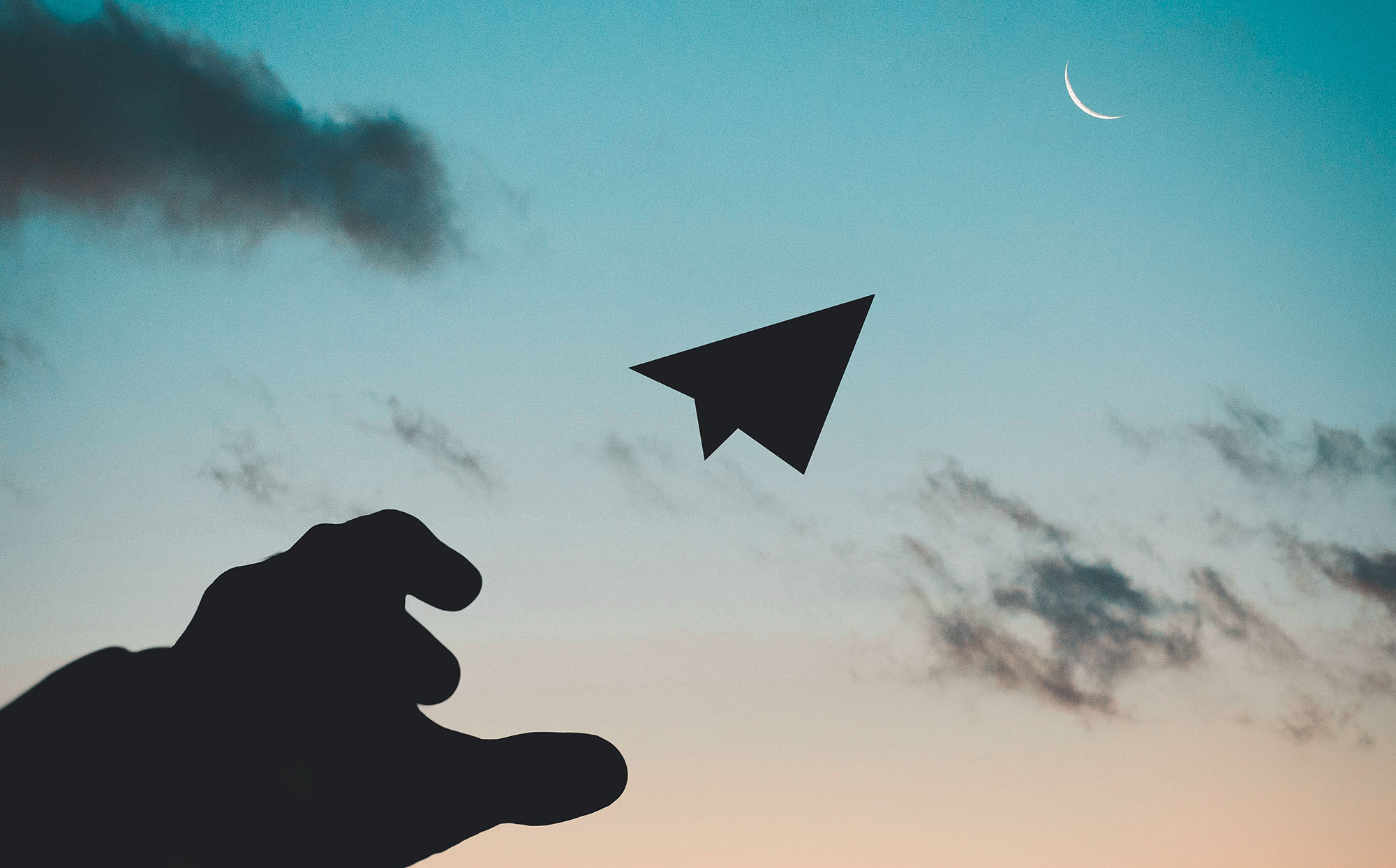
Tips To Manage Your Fear Of Flying Written By Someone Scared Of Flying
I’m willing to bet that at one point in life, I was more scared of flying than you. How do I know? Experience. I’ve traveled from Washington DC to Los Angeles through the southern states – in the summer! – on a Greyhound bus because I couldn’t bring myself to board a plane. I did that long, sweaty trip three more times before graduating from Howard University. Not to be outdone, I zagged across middle America four times on the Amtrak train. Hell, I even solo drove from the Potomac to the Pacific twice because the idea of floating in a tin can 38,000 feet above the ground left me debilitated.
That was over a decade ago. Since then, I’ve successfully flown to Cambodia, Egypt, Peru and 40-plus other countries as well as all over the United States. My fears still accompany me, but I’ve managed to exert control over them by being mindful of certain things. My hope is that by reading this article, you too will be able to have some say in how anxious you get or don’t the next time you fly.
1. Death To Turbulence
My girlfriend, a flight attendant for a major domestic airline, often tells me, “No one has ever died because of turbulence.” And most of the research that I’ve been able to conduct supports her claim. Outside of a small plane crash in the 1960’s near Mt. Fiji, there’s not much on record about fatalities related to turbulence. The tragic Mt. Fiji episode occurred under extreme conditions inside a small, private aircraft. But’s that it. And still, it’s turbulence that rattles my nerves and most of the people I share my acrophobia with. For me, each bump feels like the first few moments of a Hollywood plane crash porn. Classics such as Castaway or Lost come to mind, a film and TV series you definitely don’t want to be thinking of when flying over the Rockies or other notoriously turbulent areas.
I started managing my anxiety better after someone gave me an analogy about flying based on something I did everyday. “When you’re driving down a highway or street, there are bumps, pavement indentations, dips and all matter of things that cause your vehicle to bounce up and down. It’s the same with turbulence, except the air you’re passing through is the road and the plane is your car.” This person is right. Turbulence occurs when a plane hits pockets of air, temporarily disrupting the usually smooth ride. It helps to think of those pockets of air like invisible speed bumps. So the next time you’re going through turbulence, just remember that sh*t uber ride on the 405 to LAX.
2. Watch The Flight Attendants
Speaking of flight attendants, if you don’t see the fear of God in their eyes, even during the most severe turbulence of your life, you’re fine. These highly trained aviation safety experts have flown hundreds, if not thousands of times. That means they have likely experienced turbulence infinitely more nerve-wrecking than what you’re going through. They’re also in constant contact with the pilot and his side-kick, so if they panic, well you honestly should be concerned, but I’ve never seen it happen. Sometimes the pilot will ask for the flight attendants to be seated, which can exacerbate fears, but even then, you’re safe.
3. Statistically, It’s Safe AF
The notion that “Planes are dangerous” is fake news. The real news, or in this case real statistics, should provide some solace for fearful flyers. You’ve likely heard this before, but it doesn’t hurt to remind you that flying is still by far the safest mood of transportation in the entire freaking world. “During the 1950s and 1960s, fatal accidents occurred about once every 200,000 flights,” says Julie O’Donnell, a spokeswoman for Boeing. “Today, the worldwide safety record is more than 10 times better, with fatal accidents occurring less than once in every two million flights.” Sadly, people die in car crashes every single day but those deaths are not publicized unless the victims are celebrities. Plane wrecks on the other hand dominate news cycles for days, weeks and even months as the media reports on recovery efforts, fault/blame, black boxes, etc.
4. The Frequent Flyer Club
The more frequent the take-offs and landings, the less you’ll stress over the experience. My extreme fear of flying eventually passed during an 11-day trip to Europe that featured flights to Dublin, Paris, London, Venice, Prague and Berlin. So many ups-and-downs in a short span significantly assisted in my growing more comfortable with travel. There’s no guarantee this will help, but it might behoove you to look into booking multiple flights over the course of a month if you can afford it. Frequency breeds familiarity which breeds comfort. Even if it’s just a 45-minute ride on a Saturday morning with a return that evening, you’re doing yourself a favor by not taking long break between flights, something that allows unnecessary anxiety and fear to build.
5. Anticipation Is King
Knowledge is an imperative tool in the fight against fear. I know that when I’m flying in the vicinity of mountains, or over arid deserts, there’s a chance for turbulence. I actually anticipate it happening, so when it does, I’m not shocked by it. Over mountainous regions, bumpy air is referred to as “mountain waves.” In the United States, they are common in the vicinity of the Rocky and Sierra Nevada mountains. PBS goes into how weather, temperature and mountains can create turbulence in this very in-depth article .
6. Sleeping Pills / CBD
Have you ever seen someone sit on a plane and fall asleep before the door has even closed? I want to punch those people in the face. It’s a personal annoyance caused by jealousy. There’s nothing I would love more than falling asleep at JFK and waking up and Fiumicino, but never the case. However, if you’re medically cleared to purchase some over the counter sleeping pills, I highly recommend bringing a few along. Sleeping on a flight, even if only for an hour or two, goes a long way towards achieving momentary peace for fearful flyers.
If sleeping pills don’t work, another legal option (at least for California residents) involves consuming an indica dominant edible or liquid pre-flight. Before an eight-hour from Los Angeles to Iceland over the summer, I purchased an indica dominant teabag from a dispensary and sipped it at the airport an hour before boarding. I passed out over Vegas, and woke up somewhere over Canada.
At the end of the day, no matter what you do, if you’re terrified of flying, these tips will not cure your acrophobia, but they may help you manage it enough to visit 40 countries yourself. Good luck and godspeed.
